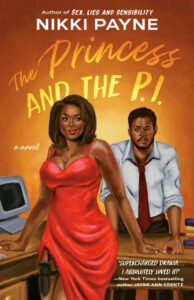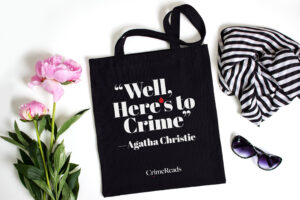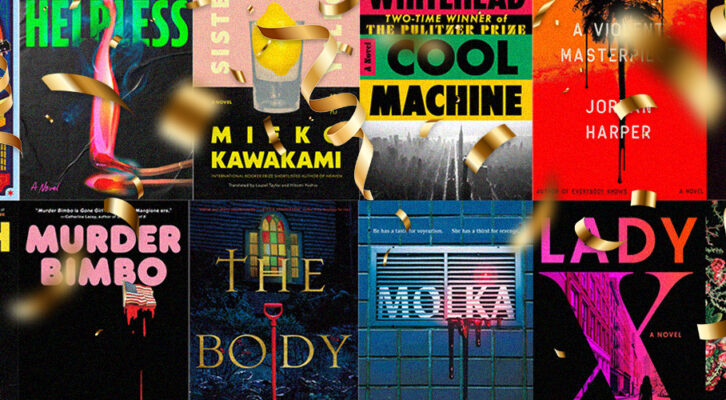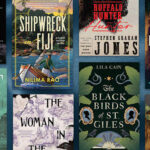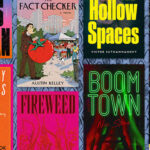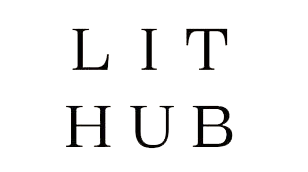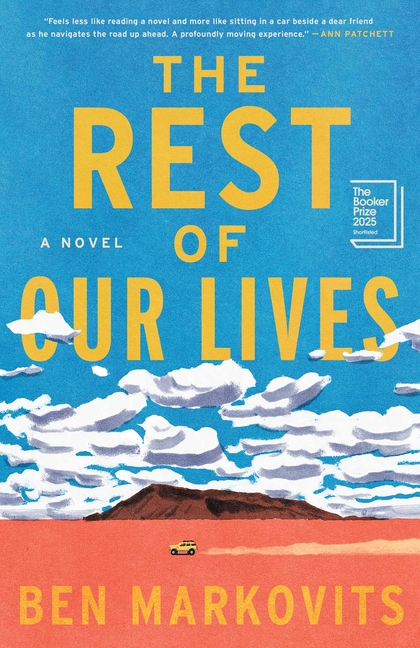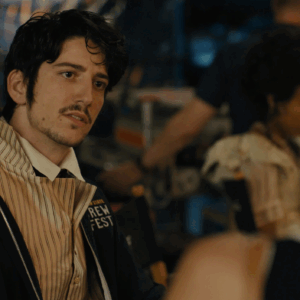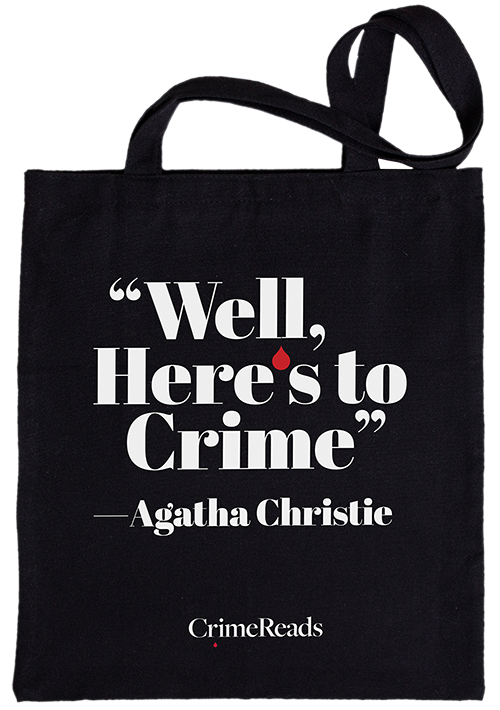In The Princess and the PI, a hardboiled detective gets the chance to crack the case that keeps him up at night — and fall in love. And, since it’s written by romance author Nikki Payne, the inspector really might have it all.
In her first romantic suspense, Payne blends noir and romance. The book focuses on sheltered Reddit sleuth Fiona Addai and jaded PI Maurice Bennet’s attempt to prove she didn’t murder a prominent tech leader.
Here, Payne discusses her foray into romantic suspense and the status of the subgenre.
Your first two books were Jane Austen retellings. What drew you to the idea of writing a romantic suspense?
I love detective stories and mysteries. I was the sicko watching “SVU” to see if people kiss. I was obsessed not just with solving the mystery, but with the personal relational mechanics that helped them solve it better. Oftentimes, it was the detectives’ chemistry that brought the case to fruition. I thought I couldn’t be the only watching shows like “Veronica Mars,” “Castle,” and “Moonlighting” to see how the relationships made the case-solving better or more interesting.
The Princess and The PI isn’t just a romance with a mystery — it’s noir. It’s an interesting blend because noir is often defined as the absence of hope, while romance ends with a “happily ever after.” How did you go about managing to diametrically opposed genres?
I wanted to go for a noir element. I love a 1940s detective — “The Big Sleep” or “The Maltese Falcon.” There’s always this sense of the “femme fatale,” who can’t be trusted, she’s living this double life, or a guy who has this opportunity to love, but his life is too dark.
There is a spiraling, dark aspect in Maurice. He’s going to be that person who harbors on his mistakes and what he did. But he still remained a person who thought he had a way to get out of that cycle.
Fiona getting out of what she thought was a weird church ,but everyone else understands to be a cult, is also her moving from this place of hopelessness.
What makes this a romance is that these two people in this dark, noir cycle of discovery end up finding the other person who could be the key out of that cycle.
That’s the thing that might make fans of noir faint and readers of romance feel like the journey was too dark, but I believe there is hope and transformation in wanting to do something for another person. The transformative power of being in relation with another person is still going to be my bread and butter, even for something with a dark beginning and middle.
How did you go about balancing the romance and the mystery?
This is part of the craft. You’re building something, and you need to decide whether something needs to happen in their relationship or if you need something to happen in the case.
One of the things I tried to do when I was writing a scene or chapter was to find a way for their relationship to be intimately tied to aspects of the breaking points in their case.
There’s a scene at a play party when there is a change in the dynamic of their relationship. Fiona was getting more comfortable speaking with people. She was starting to not feel disempowered by her sister’s narrative of not being prepared for the world. Fiona wanted to show Maurice who she was it. It was a shift in their relationship because Maurice was left flat-footed. But, it was also a moment where they interviewed a key suspect and got information that shifted the case.
Romantic suspense used to be the “it” subgenre, with Nora Roberts and Sandra Brown dominating the bestseller list, but it’s fallen out of fashion. Why do you think that is?
Within romantic suspense, we kept seeing this kind of obsession with white authority. Oftentimes, these folks were cops, working with the DA, DEA, FBI or CIA.
But readers were interested in stories that understood protection and safety, but didn’t necessarily see our cop structure that way. These stories were kind of glorifying cop relationships and cop dynamics in a way that made some folks uncomfortable.
Not only that, it became an unsafe place for genuine female rage. There’s some instances in romantic suspense where these women have reason to rage against the machine, to walk through places with a machete. But, that rage was transposed to a rational partner, who was a cop, who had a procedure to follow. The women were seen hysterical and needed to be physically restrained — in a hot, sexy way — from their female rage.
Instead of it being a place where you could actively explore female rage, it became a place where it was put away. Women were told they’re safe; there’s a man taking care of it now.
Who’s doing romantic suspense well now?
One place where I saw it transforming, getting weird and getting interesting, was on TV. I think of “Killing Eve,” as a great example of suspense where the protagonist is allowed to feel rage, where the villain is allowed to be angry. It’s also a queer love story and we’re able to see the romance take shape in cool ways.
“Mr. and Mrs. Smith” is another example. It’s absolutely suspenseful. They’re lives are in danger but they’re also making these baby steps toward intimacy in a slow and interesting way.
In books, there’s a lot going on in indie romance. And, Kellye Garrett is a thriller author who wrote this detective who is quite sexy in Hollywood Homicide. There’s a simmering romance; there’s danger; there’s stakes; there is a cop-adjacent person. But also, the main female character has rage and a determination for the truth.
_________________________________


